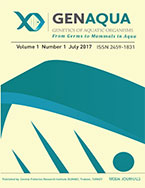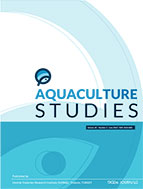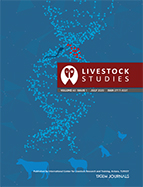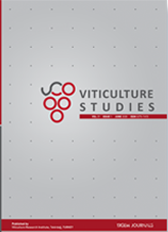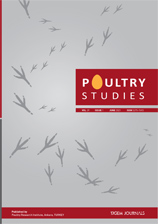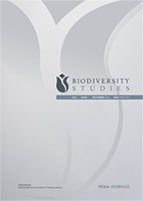Turkish Journal of Fisheries and Aquatic Sciences
2025, Vol 25, Num, 10 (Pages: TRJFAS26602)
From Native to Invasive. Shifts in Strategy of Western Tubenose Goby in Slovakia
2 Water Research Institute, Bratislava, S
3 Catholic University, Ružomberok, Slovakia DOI : 10.4194/TRJFAS26602 Viewed : 1723 - Downloaded : 1535 The western tubenose goby belongs to the family Gobiidae, which contains the most invasive species responsible for the invasion of waters in Europe as well as in North America. In our study, we analysed life-history traits, morphology, and tested the hypothesis of alternative ontogenies and invasive potential of nine Proterorhinus semilunaris populations coming from melioration channels of Žitný Island (Slovakia). Populations caught in April 2015 were female-dominated and characterized by rapid reproduction, since all samples were already mature. The gonadosomatic index (4.12 to 46.67%), absolute (118–2622), relative number of oocytes (94–4352), and the size of oocytes (0.06 to 1.46 mm) were significantly different compared to all native and non-native areas of occurrence. Samples were characterized with three size groups of oocytes. There was no significant difference in the condition between females and males within each population, thus, they were both in good and/or bad condition. The majority of morphological traits were statistically significant, while more than half can be suggested to have biological importance. Significant differences were related to characters located on the head, fins, and associated with the length or height of the body. Keywords : Morphology Phenotypic plasticity Proterorhinus semilunaris Reproductive traits




